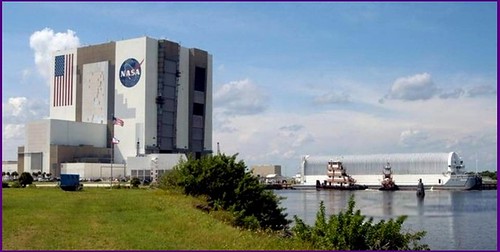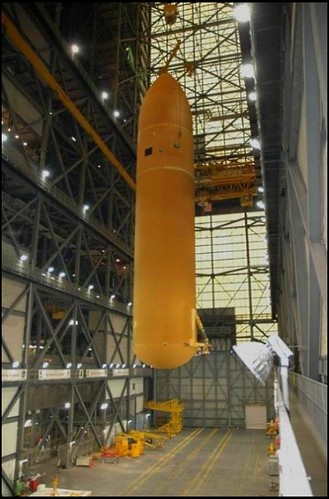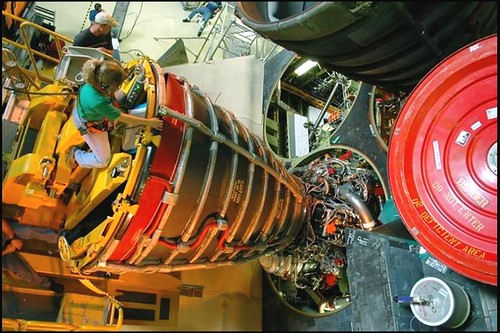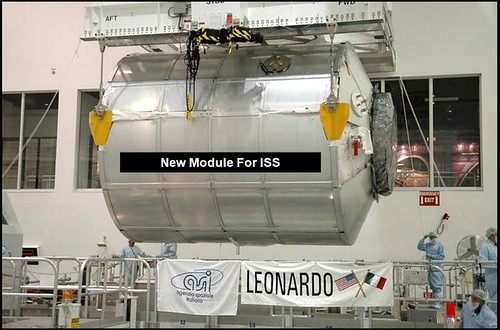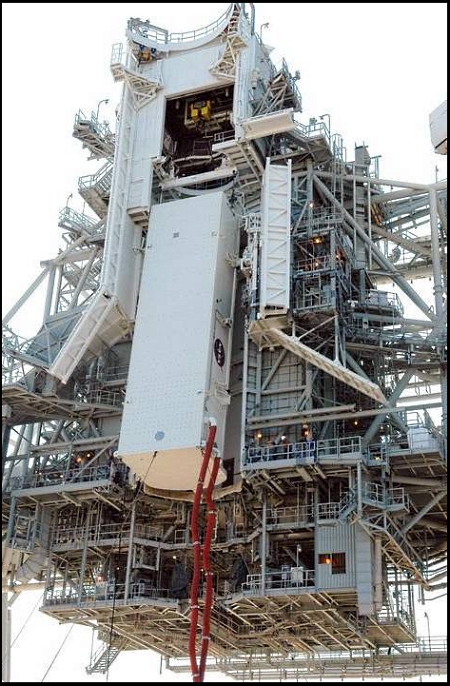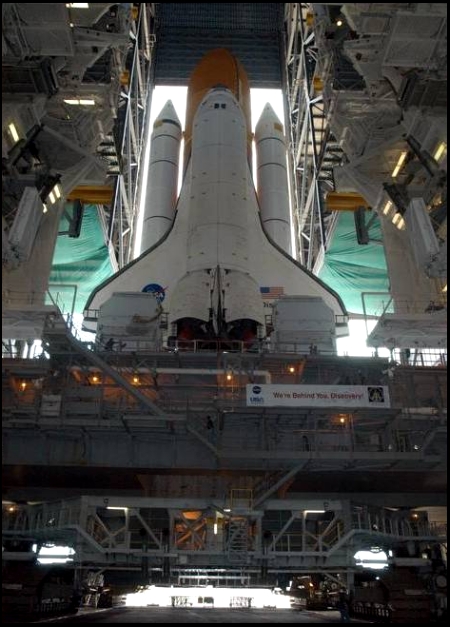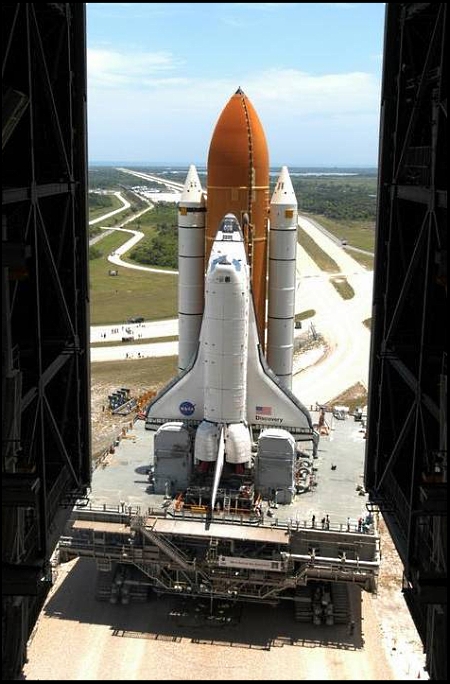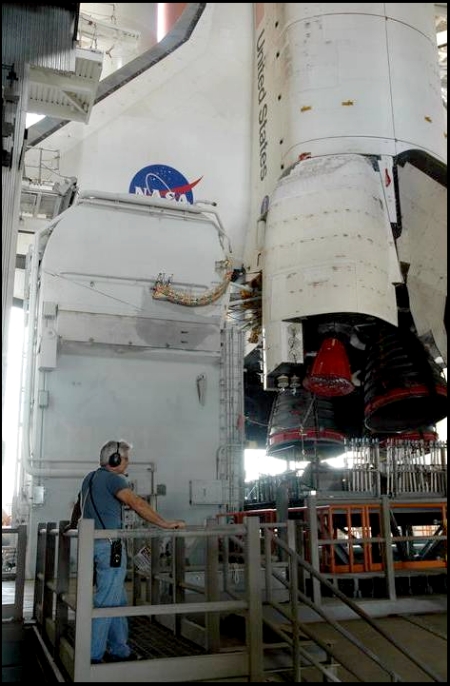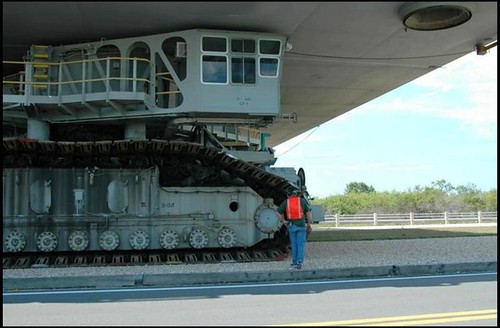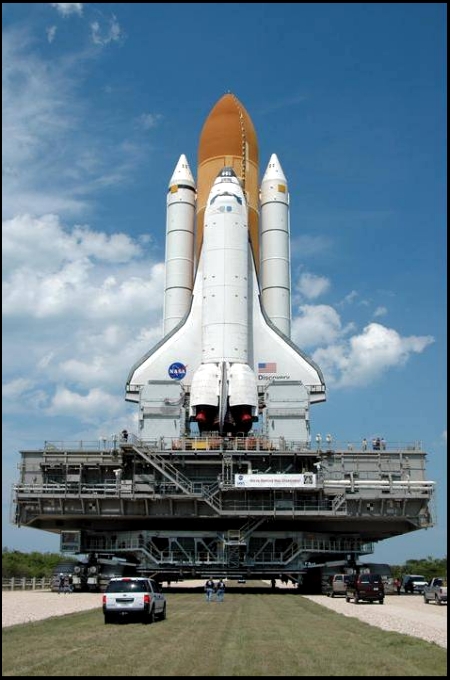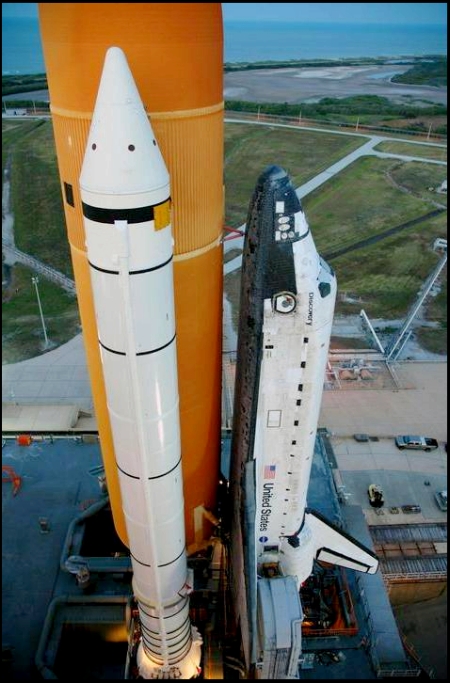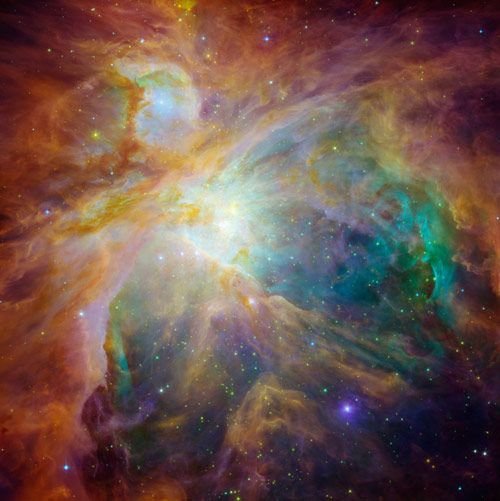On Aug. 10, the
moon turns full at 2:09 p.m. EDT, and just nine minutes earlier it will arrive
at its closest point to the Earth in 2014 at a distance of 221,765 miles
(356,896 km), making this a so-called "supermoon." Expect a
large range in ocean tides (exceptionally low to exceptionally high)
for the next few days.
The biggest and brightest supermoon of the year is also to coincide with the biggest and brightest meteor shower. The two cosmic shows will "face off" between 10 and 13 August,
resulting in what should be a beautiful night sky.
A supermoon occurs
when the full moon is closer to Earth in its normal orbit
than normal, making it look brighter and larger than normal. August's supermoon is when the
moon is at its closest point to Earth in 2014 and it will
appear in the night sky on 10 August. The Perseid meteor shower, which takes place
between 9 and 14 August, is one of the best showers of the year, with at least 100 meteors
appearing every hour.
On
August 10, 2014, just as the Perseids are set to peak, the Moon will become
full. Moreover, it will become full just as it reaches the place in its orbit
(perigee) that is closest to Earth. The perigee full Moon of August 10th –also
known as a supermoon– will be as much as 14% closer and 30% brighter than other
full Moons of the year.
"This
is bad news for the Perseids," says Bill Cooke of NASA's Meteoroid
Environment Office. "Lunar glare wipes out the black-velvety
backdrop required to see faint meteors, and sharply reduces counts."
The
debris stream of Comet Swift-Tuttle is broad, and it is possible to see
Perseids as early as late July, well before the Moon becomes full.
Also, notes Cooke, "the Perseids are rich in fireballs
as bright as Jupiter or Venus. These will be visible in spite of the
glare."
Using
a network of meteor cameras distributed across the USA, Cooke's team has been
tracking fireball activity since 2008, and they have built up a database of
hundreds of events to analyze. Their data show the Perseids are the undisputed
'fireball champion' of annual meteor showers. "We see more fireballs
from Swift-Tuttle than any other parent comet," he says.
A warm
summer night, a moonlit landscape, and an occasional fireball cutting past a
supermoon: that's an ensemble with a special beauty all its own. Enjoy
the show.







